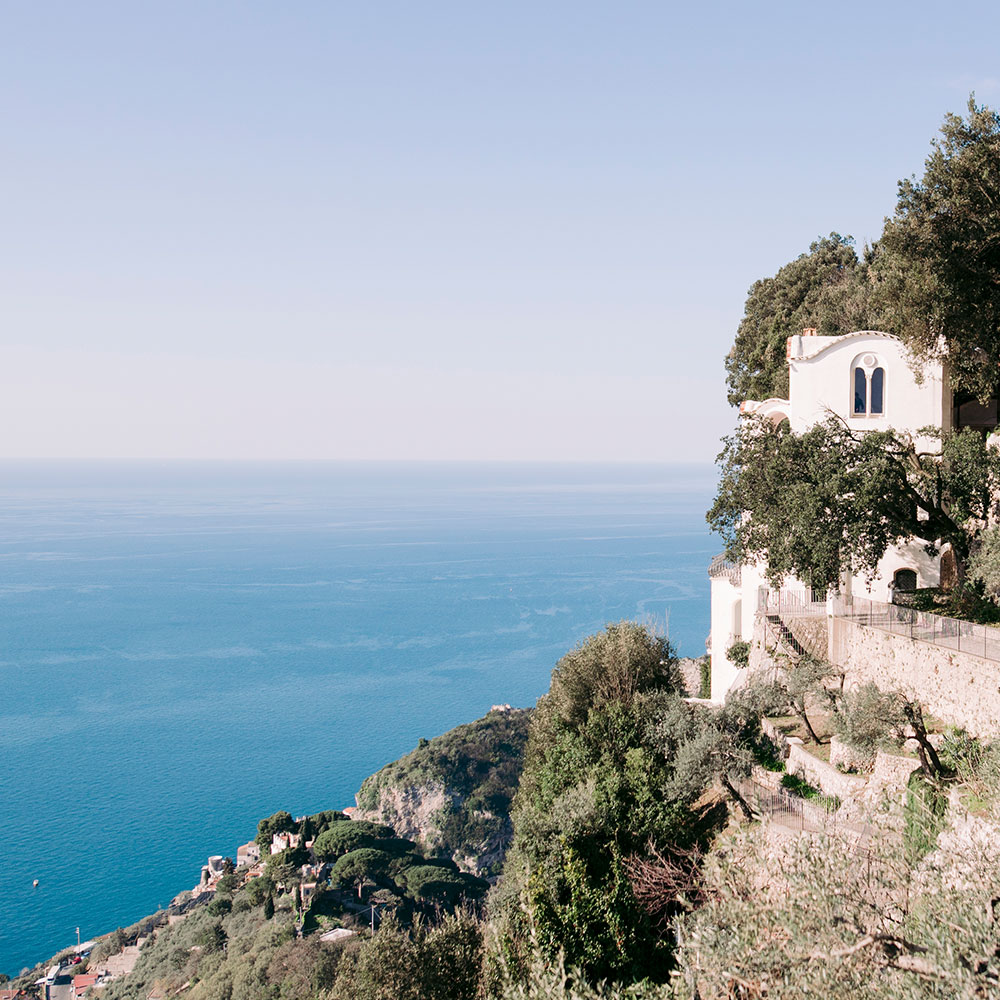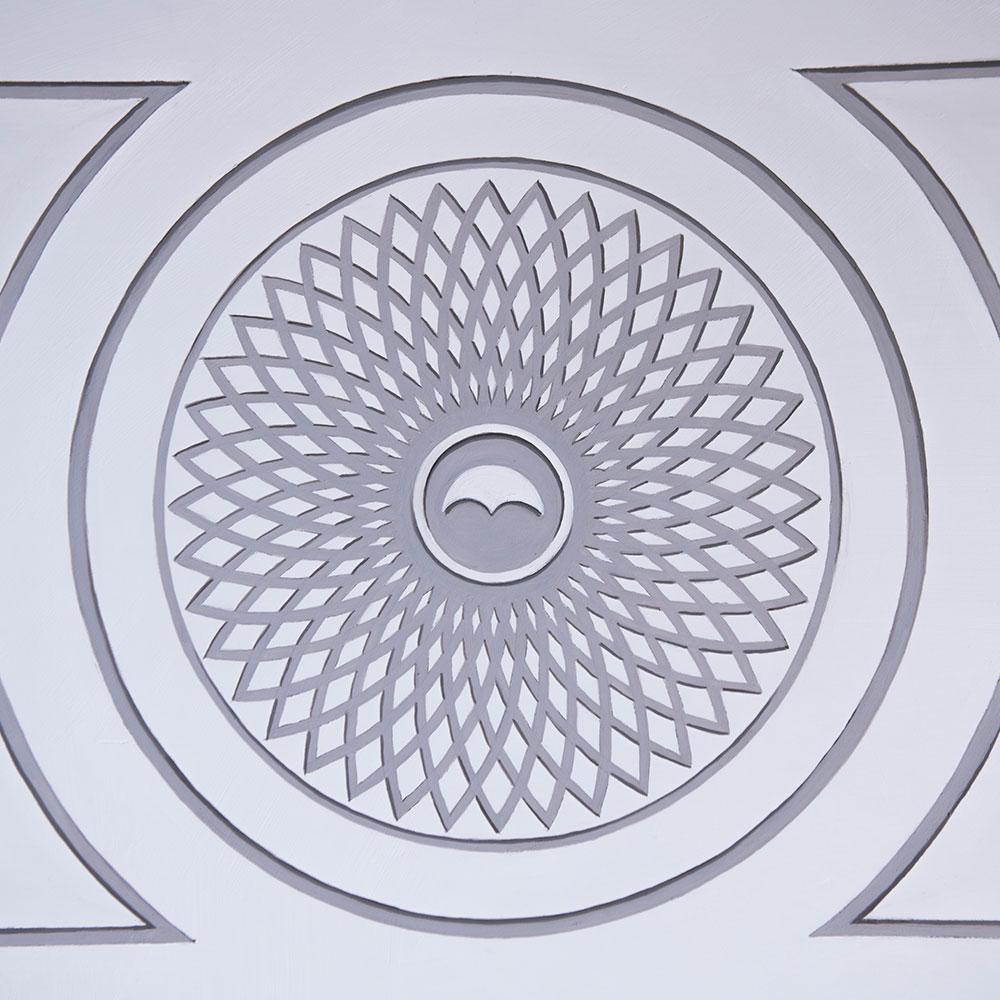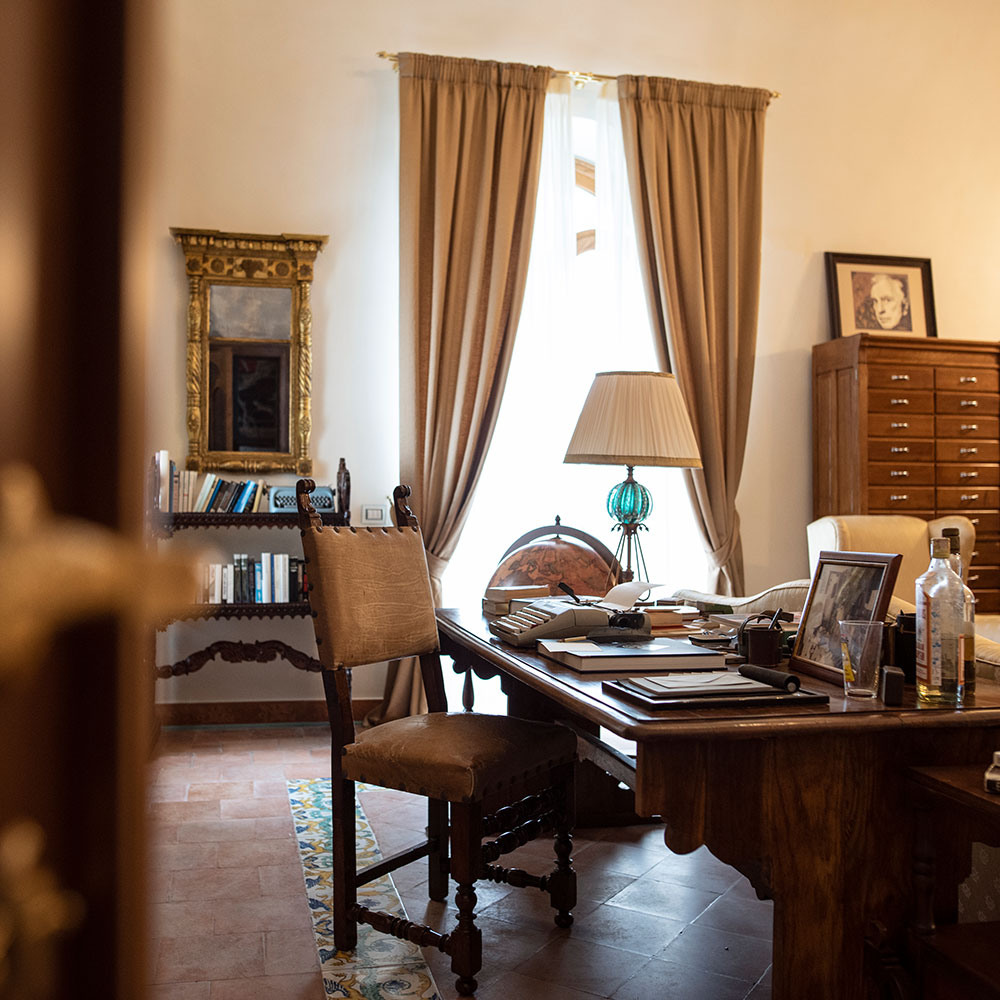COOKIE POLICY
Cosa sono i cookie
Il sito {1} fa uso di cookie. Come chiarito dal Garante Privacy nelle FAQ del dicembre 2012, reperibili su www.garanteprivacy.it, i cookie sono "piccoli file di testo" - formati da lettere e numeri - "che i siti visitati dall'utente inviano al suo terminale (solitamente al browser), dove vengono memorizzati per essere poi ritrasmessi agli stessi siti alla successiva visita del medesimo utente". I cookie hanno la funzione di snellire l'analisi del traffico sul web o di segnalare quando un sito specifico o una parte di esso vengono visitati, di distinguere tra loro i visitatori per poter fornire contenuti personalizzati, ed aiutano gli amministratori a migliorare il sito e l'esperienza di navigazione degli utenti stessi.
Attraverso i cookie non possiamo accedere ad altre informazioni memorizzate sul vostro dispositivo, anche se è qui che i cookie vengono scaricati. I cookie non possono caricare codici di alcun tipo, veicolare virus o malware e non sono dannosi per il terminale dell'utente.
Di seguito è possibile trovare tutte le informazioni sui cookie installati attraverso questo sito, e le indicazioni necessarie su come gestire le proprie preferenze a riguardo.
Consenso dell'utente
Collegandosi per la prima volta ad una qualunque pagina di {1}, l'utente vedrà apparire una sintetica informativa sull'utilizzo dei cookie. Chiudendo tale informativa tramite l'apposito tasto o cliccando al di fuori del banner che la contiene e proseguendo nella navigazione, l'utente acconsente al nostro utilizzo dei cookie, secondo le modalità descritte nella presente Cookie Policy.
Il sito ricorda la scelta effettuata dall'utente, pertanto l'informativa breve non verrà riproposta nei collegamenti successivi dallo stesso dispositivo. Tuttavia, l'utente ha sempre la possibilità di revocare in tutto o in parte il consenso già espresso.
Qualora si riscontrassero problemi di natura tecnica legati alla prestazione del consenso, vi preghiamo di contattarci tramite gli appositi canali previsti da questo sito per consentici di prestarvi assistenza.
Quali tipi di cookie utilizziamo
L'utilizzo di cookie da parte del Titolare di questo sito, {0}, si inquadra nella Privacy Policy dello stesso; per tutte le informazioni richieste dall'art. 13 Codice della Privacy clicca visita l'apposita pagina di questo sito web.
Per consentire la fruizione del nostro sito e l'erogazione dei nostri servizi, facciamo uso sia di cosiddetti cookie persistenti (cioè cookie che rimangono in memoria fino a quando non sono eliminati manualmente dall'utente o per i quali è prevista una rimozione programmata a lungo termine) sia di cosiddetti cookie di sessione, che non sono memorizzati in modo persistente sul computer del visitatore e scompaiono con la chiusura del browser.
Utilizziamo cookie di tipologie differenti - con specifiche funzioni - che possiamo così classificare:
Cookie di prima parte, ossia rilasciati da {1} |
Tipologia di Cookie |
Che cosa fanno? |
Tecnici/di sessione Tecnici/di navigazione (Per rilasciare questo tipo di cookie non è necessario il consenso dell'utente) |
Sono indispensabili per il corretto funzionamento del nostro sito e consentono all'utente di navigare e di visualizzare i contenuti. Una loro eventuale disattivazione comporterebbe malfunzionamenti del sito. In genere, cookie di questo tipo sono necessari, ad esempio, per mantenere aperta una sessione di navigazione o per consentire all'utente di accedere ad eventuali aree riservate. O ancora, possono ricordare temporaneamente i testi inseriti durante la compilazione di un modulo, quando si torna ad una pagina precedente nel corso della medesima sessione. |
Tecnici/di funzionalità (Per rilasciare questo tipo di cookie non è necessario il consenso dell'utente) |
Consentono all'utente di sfruttare al meglio le peculiarità del sito e di fruire di una navigazione più confortevole. Il sito funziona in modo ideale se questi cookie sono abilitati; è possibile comunque decidere di non consentirne l'attivazione sul proprio dispositivo. In generale, ad esempio, cookie di questo tipo ricordano in quale lingua l'utente preferisce visualizzare i nostri contenuti o ricordano (per un periodo limitato) gli articoli presenti nel carrello virtuale nel caso in cui si chiuda la sessione prima di aver ultimato l'acquisto. |
Tecnici/consenso (Per rilasciare questo tipo di cookie non è necessario il consenso dell'utente) |
Questo cookie tiene traccia del consenso prestato dall'utente all'utilizzo dei cookie su questo sito, in modo da non riproporre - nelle successive visite - l'informativa breve sui cookie e la richiesta di prestare il consenso. |
Cookie di terze parti, ossia rilasciati da siti diversi rispetto a {1} |
Tipologia di Cookie |
Che cosa fanno? |
Statistici/di analisi (Per rilasciare questo tipo di cookie è necessario il consenso dell'utente) |
Sono utilizzati per raccogliere informazioni sulle modalità di navigazione degli utenti sul nostro sito. Queste informazioni vengono analizzate in forma aggregata per soli fini statistici. Non sono necessari, ma sono per noi di grande aiuto per consentirci di migliorare i nostri contenuti ed i nostri servizi in base alle indicazioni che ricaviamo dall'analisi delle statistiche. |
Profilazione/di pubblicità (Per rilasciare questo tipo di cookie è necessario il consenso dell'utente) |
Sono utilizzati per presentarvi contenuti, anche di tipo pubblicitario, più adatti a voi. Possono essere usati anche, ad esempio, per limitare il numero di volte che viene proposto un contenuto pubblicitario o per aiutarci a valutare l'efficacia delle nostre campagne pubblicitarie o delle campagne pubblicitarie sui nostri siti internet. Non sono necessari, ma ci consentono di offrirvi contenuti più vicini ai vostri interessi. |
Cookie di prima parte
{1} utilizza cookie allo scopo di memorizzare la lingua dell'utente e poter proporre allo stesso di default la versione del sito (italiana o inglese) in base alle sue preferenze di navigazione.
{1} utilizza cookie allo scopo di memorizzare la dimensione del carattere preferito dall'utente e poter proporre allo stesso la stessa dimensione ad ogni visita in base alle sue preferenze di navigazione.
Cookie di terze parti
Navigando su questo sito riceverete sia cookie di {0}, sia cookie da siti di terze parti, i quali potranno impostare cookie sul vostro dispositivo per nostro conto al fine di erogare i servizi che stanno fornendo.
I cookie di terze parti ci consentono di ottenere sondaggi più completi delle abitudini di esplorazione degli utenti. Utilizziamo tali cookie, ad esempio, per raccogliere informazioni a fini pubblicitari e di personalizzazione dei contenuti, oltre che per elaborare statistiche sull'utilizzo del nostro sito e per valutare il vostro interesse nei riguardi di nostri specifici contenuti o servizi. Informazioni più dettagliate su questi cookie sono disponibili nei paragrafi successivi presenti in questo documento e sui rispettivi siti internet delle terze parti in questione.
Cookie di statistica (di terze parti)
{1} utilizza Google Analytics, un servizio di analisi del traffico web fornito da Google, Inc., 1600 Amphitheatre Parkway - Mountain View - CA94043 USA, che fa uso di cookie per raccogliere ed analizzare in forma aggregata informazioni relative alla navigazione degli utenti. Né {0} né Google associano il vostro indirizzo IP ad altri dati in loro possesso per identificarvi direttamente.
Le informazioni raccolte vengono elaborate dai sistemi di Google Analytics allo scopo di produrre report per gli amministratori di {1}, che li utilizzano per verificare il corretto funzionamento dei servizi ed eventualmente il tasso di gradimento dei contenuti proposti.
Qualora voleste maggiori informazioni sulle politiche applicate da Google Inc. in tema di riservatezza dei dati potete cliccare http://www.google.it/intl/it/policies/privacy/; per disabilitare i cookie statistici impedendo così a Google Analytics di raccogliere dati sulla vostra navigazione, potete scaricare l'apposito componente per la disattivazione di Google Analytics che trovate qui: http://tools.google.com/dlpage/gaoptout.
Cookie per la visualizzazione di pubblicità mirate (di terze parti)
{1} utilizza Google Adsense, un servizio di gestione degli annunci pubblicitari fornito da Google, Inc., 1600 Amphitheatre Parkway - Mountain View - CA94043 USA, che fa uso di specifici cookie per la gestione delle proprie campagne pubblicitarie e per erogare su questo sito contenuti pubblicitari basati sugli interessi manifestati dagli utenti attraverso la navigazione in internet (OBA).
Vengono rilasciati anche cookie utilizzati per la visualizzazione di pubblicità mirate a utenti che hanno precedentemente visitato questo sito.
Qualora voleste maggiori informazioni sulle politiche applicate da Google Inc. in tema di riservatezza dei dati potete cliccare http://www.google.it/intl/it/policies/privacy/; per disabilitare i cookie impedendo così a Google Adsense di raccogliere dati sulla vostra navigazione, potete scaricare l'apposito componente per la disattivazione di Google AdSense che trovate qui: http://www.google.com/settings/ads/.
Cookie per la condivisione di contenuti sui social network (di terze parti)
{1} utilizza Shareaholic, un servizio di condivisione dei contenuti sui maggiori social network fornito da Shareaholic, Inc., 109 Kingston Street, 4th Floor, Boston, MA02111 USA, che fa uso di specifici cookie per la gestione dell'accesso ai social network e delle proprie campagne pubblicitarie.
Qualora voleste maggiori informazioni sulle politiche applicate da Shareaholic Inc. in tema di riservatezza dei dati potete cliccare http://shareaholic.com/privacy/; per disabilitare i cookie impedendo così a Shareaholic di raccogliere dati sulla vostra navigazione, potete utilizzare l'apposita pagina web che trovate qui: http://shareaholic.com/privacy/choices.
Cookie per commentare i contenuti su questo sito (di terze parti)
{1} utilizza Disqus, un servizio che consente di raccogliere commenti ai contenuti presenti su questo sito web fornito da Disqus, Inc., 301 Howard Street, Suite 300, San Francisco, CA94105 USA, che fa uso di specifici cookie per la gestione dell'accesso.
Qualora voleste maggiori informazioni sulle politiche applicate da Disqus Inc. in tema di riservatezza dei dati potete cliccare http://help.disqus.com/customer/portal/articles/466235-use-of-cookies; per disabilitare i cookie impedendo così a Disqus di raccogliere dati sulla vostra navigazione, potete utilizzare l'apposita pagina web che trovate qui: http://help.disqus.com/customer/portal/articles/1657951.
Social Plugins e widget (di terze parti)
Le nostre pagine web potrebbero contenere plug-in dei più noti social network (a.e. Facebook, Twitter, Google+) gestiti dalle terze parti coinvolte.
Tali plug-in potrebbero ad esempio corrispondere ai pulsanti "Like" di Facebook o "Retweet" di Twitter. Se si accede ad una delle nostre pagine web, dotata di un simile plug-in, il browser internet si collega direttamente ai server delle terze parti e il plug-in viene visualizzato sullo schermo grazie alla connessione con il browser. Il plug-in potrebbe comunicare ai server delle terze parte quali pagine l'utente ha visitato.
Se un utente di social network visita le nostre pagine web mentre è collegato al proprio account, tali informazioni potrebbero essere associate all'account. Anche nel caso in cui si utilizzino le funzioni del plug-in (per esempio, facendo clic sul pulsante "Mi piace"), le informazioni saranno associate all'account.
Nella tabella qui sotto potete trovare dettagli sui singoli plug-in ed eventualmente disattivarli:
Come configurare il proprio terminale
Qualora non fosse d'accordo con l'installazione dei cookie, l'utente dovrà configurare il browser in modo da disabilitare la ricezione dei cookie o non usare questo sito. Disabilitando i cookie però, il sito o alcune sue funzioni potrebbero non operare correttamente.
Per modificare le modalità di utilizzo dei cookie, per bloccarne la ricezione o ancora per eliminare i cookie presenti sul proprio terminale, è sufficiente entrare nelle impostazioni del proprio browser.
La maggior parte dei browser prevede la possibilità di accettare o rifiutare tutti i cookie o accettarne solo alcuni (ad esempio provenienti da specifici siti).
Anche se attraverso passaggi simili, il metodo di configurazione del cookie varia per ciascun browser. Per avere dettagli in merito alla procedura da seguire l'utente potrà visitare il sito www.aboutcookies.org o consultare la sezione 'Aiuto' del proprio browser.
Per maggiori informazioni sui cookie e per gestire le tue preferenze sui cookie di terza parte ti invitiamo a visitare www.youronlinechoices.com.
PRIVACY POLICY
Perchè questo avviso
Questa pagina ha lo scopo di descrivere le modalità di gestione del sito in riferimento al trattamento dei dati personali degli utenti visitatori che lo consultano.
Si tratta di un'informativa resa anche ai sensi del regolamento UE n. 679/2016 - in materia di gestione dei dati personali a coloro che si collegano al sito web {1} di {0} accedendo per via telematica ai servizi web.
L'informativa è resa per il sito web {1} e non anche per altri siti web eventualmente consultati dall'utente tramite link.
Il titolare del trattamento
A seguito della consultazione del sito web {1} possono essere trattati dati relativi a persone identificate o identificabili.
Titolare del loro trattamento è {0}.
Luogo di trattamento dei dati
I trattamenti connessi ai servizi del sito web {1} hanno luogo presso la predetta sede della società {0} e sono curati solo da personale incaricato del trattamento, oppure da eventuali incaricati di occasionali operazioni di manutenzione.
I dati derivanti dal servizio web potranno essere comunicati ai partner tecnologici e strumentali di cui il Titolare si avvale per l'erogazione dei servizi richiesti dagli utenti visitatori.
I dati personali forniti dagli utenti visitatori che inoltrano richieste di invio di materiale informativo (richieste di informazioni, risposte a quesiti, ecc.) o altre comunicazioni (ordini) sono utilizzati al solo fine di eseguire il servizio o la prestazione richiesta e sono comunicati a terzi nel solo caso in cui ciò sia a tal fine necessario (erogazione dei servizi richiesti per il tramite del partner tecnologico e strumentale).
Tipi di dati trattati
Dati di navigazione
I sistemi informatici e le procedure software preposte al funzionamento del sito web {1} acquisiscono, nel corso del loro normale esercizio, alcuni dati personali la cui trasmissione è implicita nell'uso dei protocolli di comunicazione di Internet.
Si tratta di informazioni che non sono raccolte per essere associate a interessati identificati, ma che per loro stessa natura potrebbero, attraverso elaborazioni ed associazioni con dati detenuti da terzi, permettere di identificare i computer che si connettono al sito.
In questa categoria di dati rientrano gli indirizzi IP o i nomi a dominio dei computer utilizzati dagli utenti che si connettonoal sito web {1}, gli indirizzi in notazione URI (Uniform Resource Identifier) delle risorse richieste, l'orario della richiesta, il metodo utilizzato nel sottoporre la richiesta al server, la dimensione del file ottenuto in risposta, il codice numerico indicante lo stato della risposta data dal server (buon fine, errore, ecc.) ed altri parametri relativi al sistema operativo e all'ambiente informatico dell'utente.
Questi dati potrebbero essere utilizzati al solo fine di ricavare informazioni statistiche anonime sull'uso del sito web {1} e per controllarne il corretto funzionamento. I dati potrebbero essere utilizzati per l'accertamento di responsabilità in caso di ipotetici reati informatici ai danni del sito.
Dati forniti volontariamente dagli utenti visitatori
L'invio facoltativo, esplicito e volontario di dati personali per accedere a determinati servizi, ovvero per effettuare richieste di informazioni agli indirizzi indicati sul sito web {1} comporta la successiva acquisizione dei dati personali inseriti nella richiesta del mittente, necessari per rispondere alle stesse.
Specifiche informative di sintesi verranno progressivamente riportate o visualizzate nelle pagine del sito predisposte per particolari servizi a richiesta.







